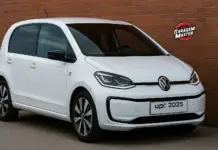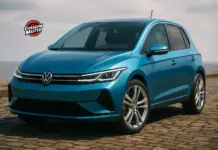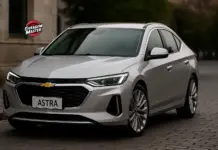Did you know that the first national hydrogen car was developed by an academic project at Unicamp in the 1990s? Yes, it's true! Even without the advanced resources we have today, a group of Brazilian researchers challenged the technological limitations of the time and created an innovative vehicle, the Vega. In this article, we will look back at this fascinating story and discuss the impact it could have had on the national and global automotive scene.
The Beginning of the Dream
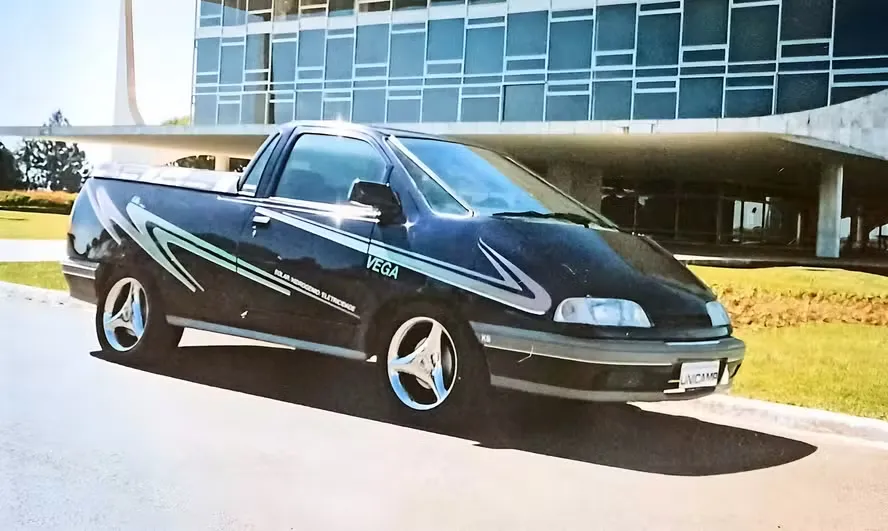
It all started with mechanical engineer Eduardo Gurgel do Amaral, who, despite not being directly related to João Augusto do Amaral Gurgel, founder of Gurgel Motores, shared the same dream: create a vehicle using national technology. In 1992, while studying for a master's degree in electrical engineering at Unicamp, Eduardo found in Professor Ênnio Peres da Silva, coordinator of the Hydrogen Laboratory, the ideal partner to transform this idea into reality.
At the time, United States, Japan and Germany were the only countries researching about hydrogen fuel cells. The objective was bold: to develop national technology that would result in a zero-emission car.
The Vega Base
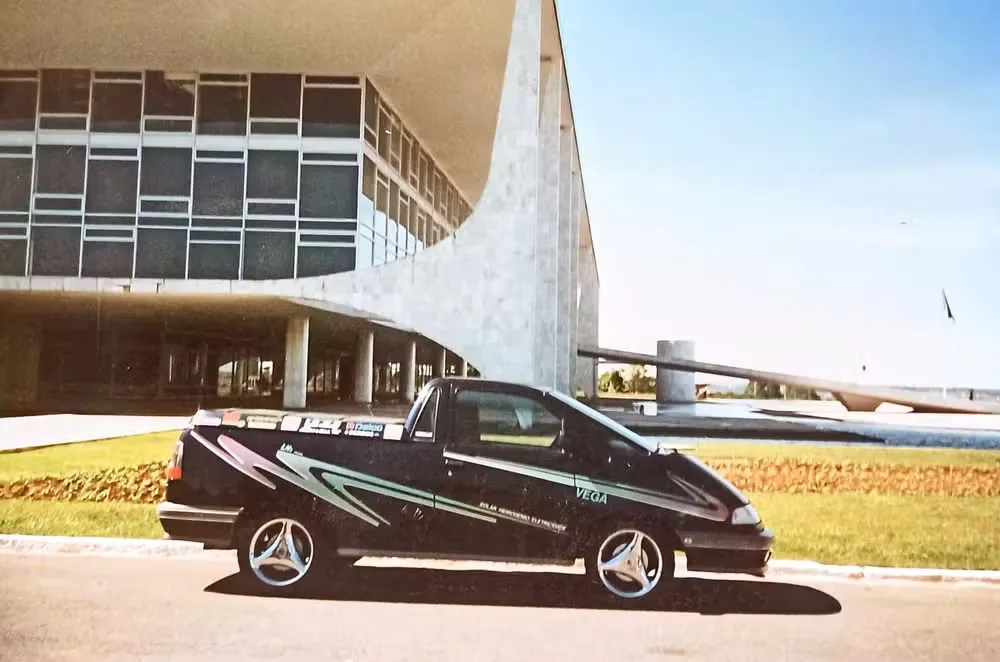
How to start such an ambitious project without resources? Eduardo found a creative solution. The former São Paulo Energy Company (CESP) donated a old van – or rather, scrap. The chassis was used as the basis for the project, and, little by little, other companies donated essential components. Among the contributions:
- Electric motor from WEG;
- Truck batteries from Delco;
- Generator from Yanmar;
- Body parts from Cedars.
The project was named Vega, inspired by the brightest star in the constellation Lyra. Eduardo joked that the name also meant “Gurgel do Amaral Electric Vehicle”.
Vega assembly
In the Hydrogen Laboratory workshop, the team began to shape the Vega. The Kombi chassis received a body made up of parts reused from other vehicles:
- Headlights, taillights and bumpers from Monza;
- Doors and rear sides from Kadett;
- Custom-made glass produced by Fanavid.
Inspired by Chevrolet Lumina, Eduardo opted for a pickup truck style to facilitate the demonstration of the hydrogen fuel system. The aesthetic was completed with a custom paint job, 3M decorative stripes and chrome Esfiha-style wheels. In 1994, the Vega was ready, including a marine canopy made with solar panels.
How Vega Worked
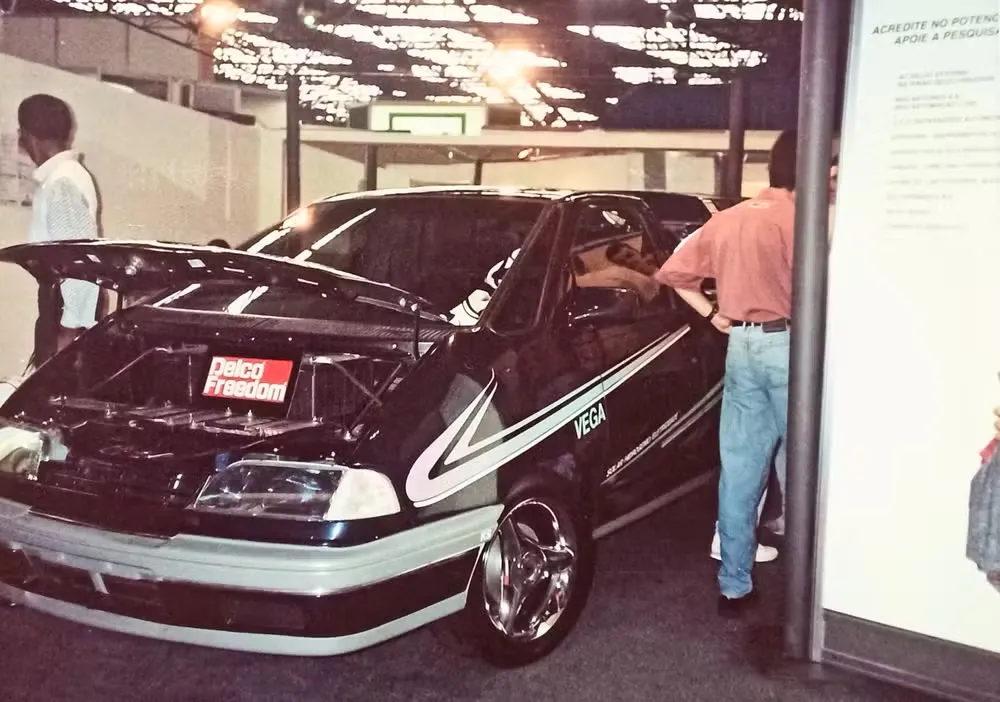
Vega's system was innovative for its time. It combined solar energy and hydrogen to generate electricity. The operation was as follows:
- One internal combustion generator, powered by hydrogen, produced electricity;
- This energy recharged the batteries, connected to a current inverter;
- The inverter powered the electric motor, responsible for moving the vehicle.
Although the performance figures were modest – 50 km range and 50 km/h top speed –, the originality of the project made it revolutionary. However, its 1.5-ton weight and heavy steering made it difficult to drive.
The Recognition
Vega's highlight was his performance at the 1994 Auto Show, where it attracted the attention of the then president Itamar Franco. The project gained notoriety, appearing in several media outlets. The following year, the car was exhibited in Brasília, where it was also presented to the president Fernando Henrique Cardoso.
The Evolution to Vega II
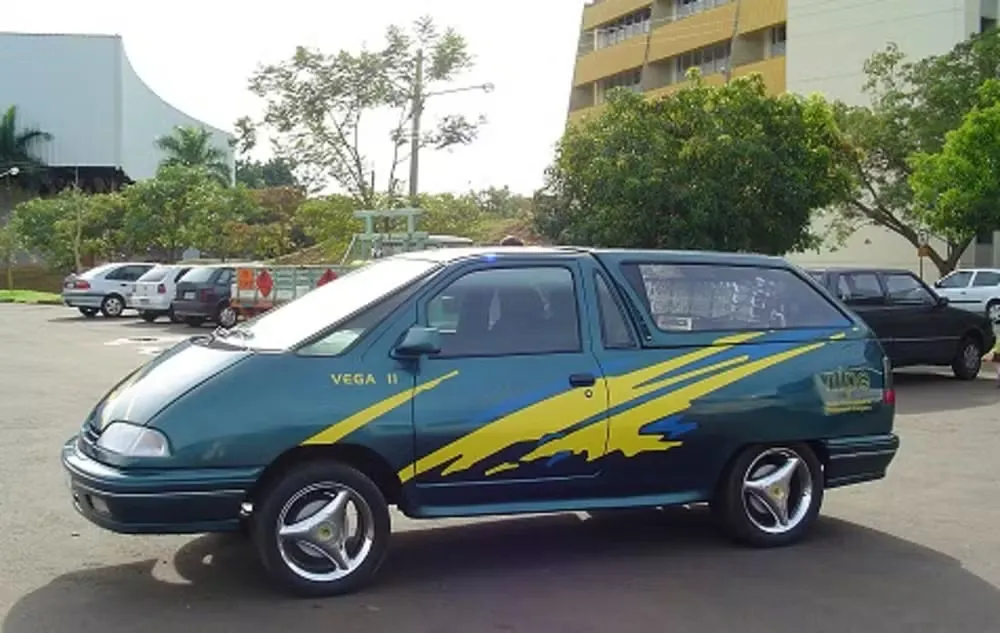
In 2004, with funding of R$ 400 thousand of the Ministry of Mines and Energy, the Vega received significant improvements. It was equipped with a true hydrogen fuel cell, new batteries and a more efficient electric motor. The hood was replaced by a fiberglass structure with glass sides, allowing the cell to be seen. This updated model was named Vega II.
The idea was to move forward to the Vega III, which would include a ethanol reformer to produce hydrogen directly in the vehicle – a technology that is still discussed in the automotive sector today.
Decline and Restoration
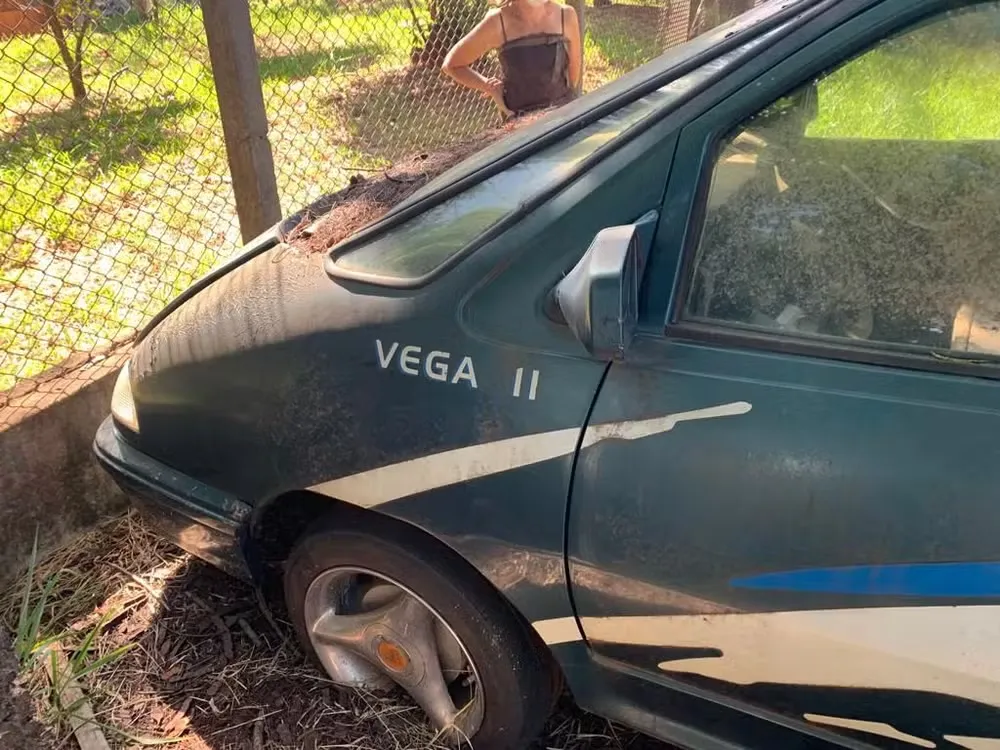
Unfortunately, interest in hydrogen as a fuel waned, and the Vega was gradually abandoned. In 2016, after the transfer of the Hydrogen Laboratory, the car was left in the open air and began to deteriorate.
Today, the Interdisciplinary Center for Energy Planning (NIPE) from Unicamp is seeking resources to restore Vega. The estimated cost is R$ 75 thousand, a small value compared to its historical and technological potential.
A Future That Could Have Been
Imagine if Vega had made it beyond the university walls and into Brazilian garages. Today, we could be fueling hydrogen electric cars with ethanol, technology that would have been national 100%. Vehicles such as the Toyota Mirai could have been a reality here decades ago.
Conclusion
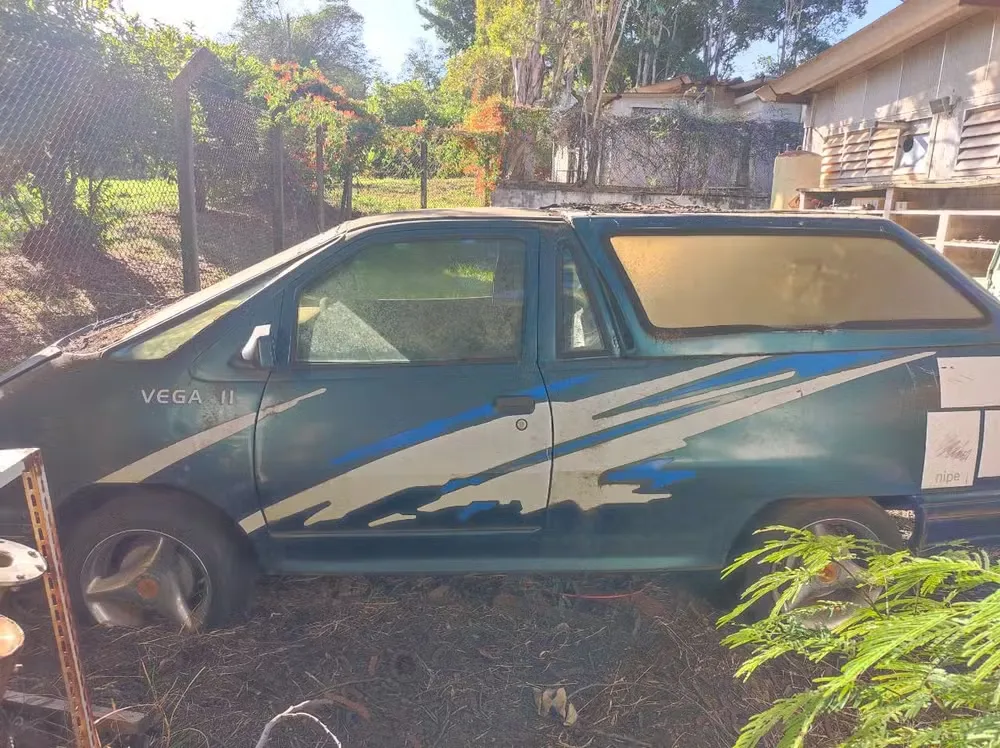
O Vega project was not just an experimental car; it symbolized Brazil's potential for innovation in the automotive sector. With its restoration, Unicamp intends to recall that the development of sustainable technologies is possible, even in adverse scenarios. Vega teaches us that with creativity and determination, we can achieve the impossible.
How about dreaming again about a sustainable future and supporting initiatives like the restoration of Vega? After all, progress starts with bold ideas – and with people like you, willing to believe in them.

